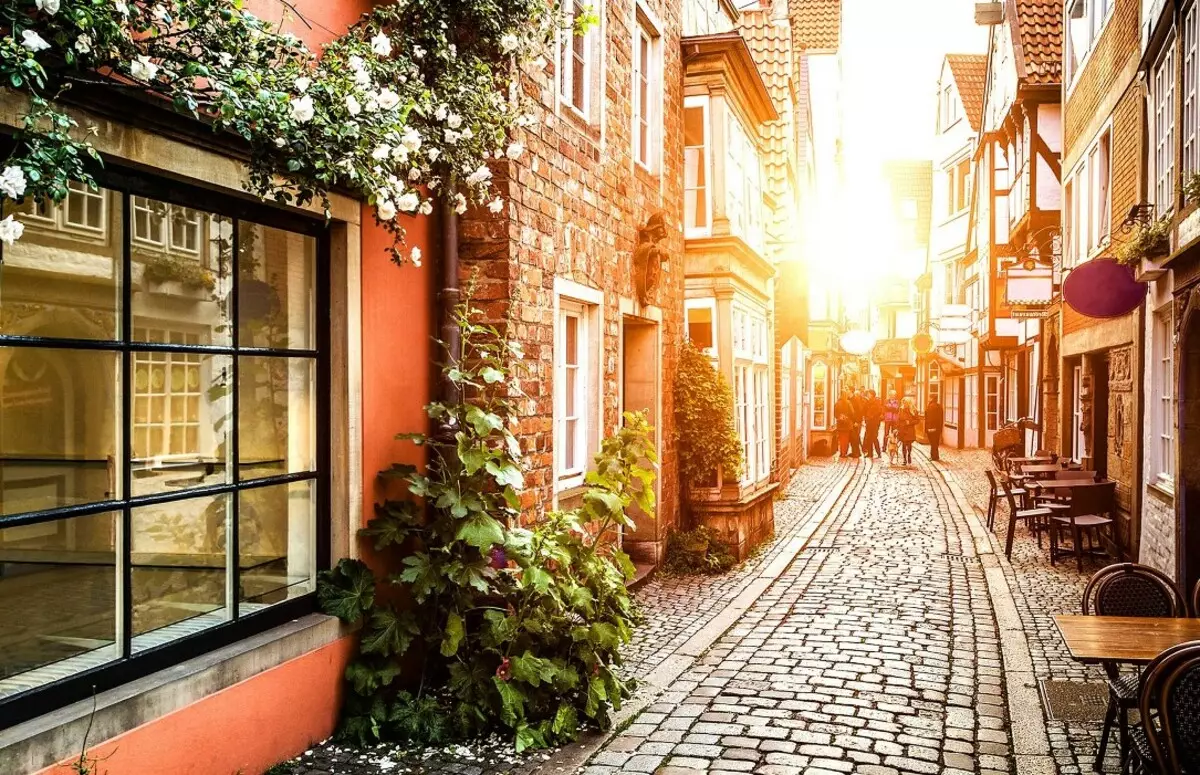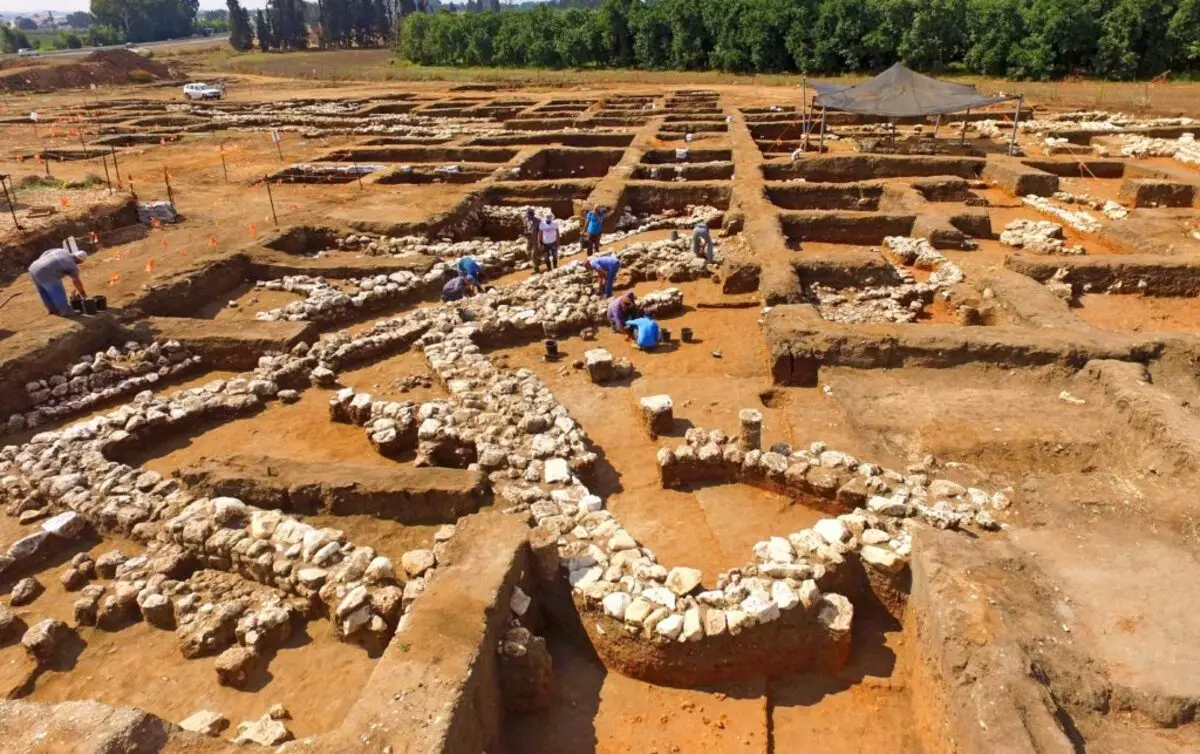
Streets arise simultaneously with settlements. They not only provide comfortable movement, but also allow a certain way to streamline the location of houses and other objects. The street is one of the main elements of the urban infrastructure and is divided into several varieties.
When did the first streets appear?
Historians believe that the first streets appeared in the times of the Yarmuk culture, which existed within the prehistoric Levant (modern Israel, Lebanon, Syria) in the era of Neolithic 7-4 thousand BC. e.

The settlement was found in the 1930s in the area of the modern city of Megiddo, although first scientists did not find out its origin. Later, the new culture was identified in the settlement of Shaar Haha-Golan. The city was about 20 hectares size, which is quite essential for that time. Researchers found a large house with the courtyard, in whose territory there were small buildings.
An interesting fact: in the Slavic languages "Street" designate similar words that occurred from Praslavyansky "ULA" - the road, the riverbed, the oblong cavity. In Germanic languages, words derived from Latin Strata, also pointing to the road.
This type of house was divided by the streets - this suggests that representatives of the Yarmuk culture took care of the layout of the settlement. Archaeologists have found the main street in the city center. It was paved by pebbles, reinforced with clay, accounted for 3 m in width. Also found a winding alley with a width of about 1 m.
Types of streets
Street classification involves more than 10 items. Some of them differ only to the names that are customary to use in certain countries. Others have certain distinctive features. Types of streets:
- Highway. The street of the trunk type, which binds among themselves the areas of the settlement and goes beyond its limits.
- Boulevard. Street with green plantings, which can be walking on foot. Equipped with benches for recreation.
- Alley. Road of pedestrian or passage type with green plantings on both sides.
- Avenue. The name of the streets of several types, commonly used in Franco and English-speaking countries. Most often these are wide roads with landscaping (avenues and alleys in our territories). The USA uses a straight line planning system, and Avenue here is customary to call the streets that go in the opposite direction to Street.
- Avenue. Main main street in the city.
- Tract. Outdated road name, which went beyond the features of the city.
- Line. Streets-lines received their name historical means - due to the geographical position or finding near various objects.
- Congress. Short street, which connects parts of the city, located at different heights. The same category includes descents, expenditure, lifts and risks.
- Dead end. Road without through passage. In the end of the dead end, the house is usually located or a platform for turning the transport.
- Embankment. The road, on the one hand overlooking the water.

Travel is almost the same as the alley. This is a small road, transversely connecting two larger streets that go parallel to each other. However, travel vehicles can move on the passage, and in the alley it is not always possible.
An interesting fact: the narrowest street in the world is 31 cm wide is located in the city of Roitlingen (Germany) and is called Shchaerhofstrasse. The widest - 250-meter monumental shaft (Brazil).
For example, in Moscow until the XX century, most of the roads were considered precisely alleys. And after the XX century, this name began to obscure and moves, streets, streets.
General type street usually provides for two lanes and pavement for pedestrians. The passage consists of one strip and the presence of a sidewalk is optional. Otherwise, the names of the types of streets are considered conditional, since the road could appear at the very beginning of the development of the city, and in the future its functions have repeatedly changed.
Channel site: https://kipmu.ru/. Subscribe, put heart, leave comments!
